The Westiepoo is a fun-loving dog that’s a mix of two popular breeds: the West Highland Terrier and the Poodle. They’re known for being smart, playful, and full of energy. One of the best things about Westiepoos is that they don’t shed much. This makes them great for people with allergies.
Let’s learn more about what makes Westiepoos so special and why they make great family pets.
Westiepoo
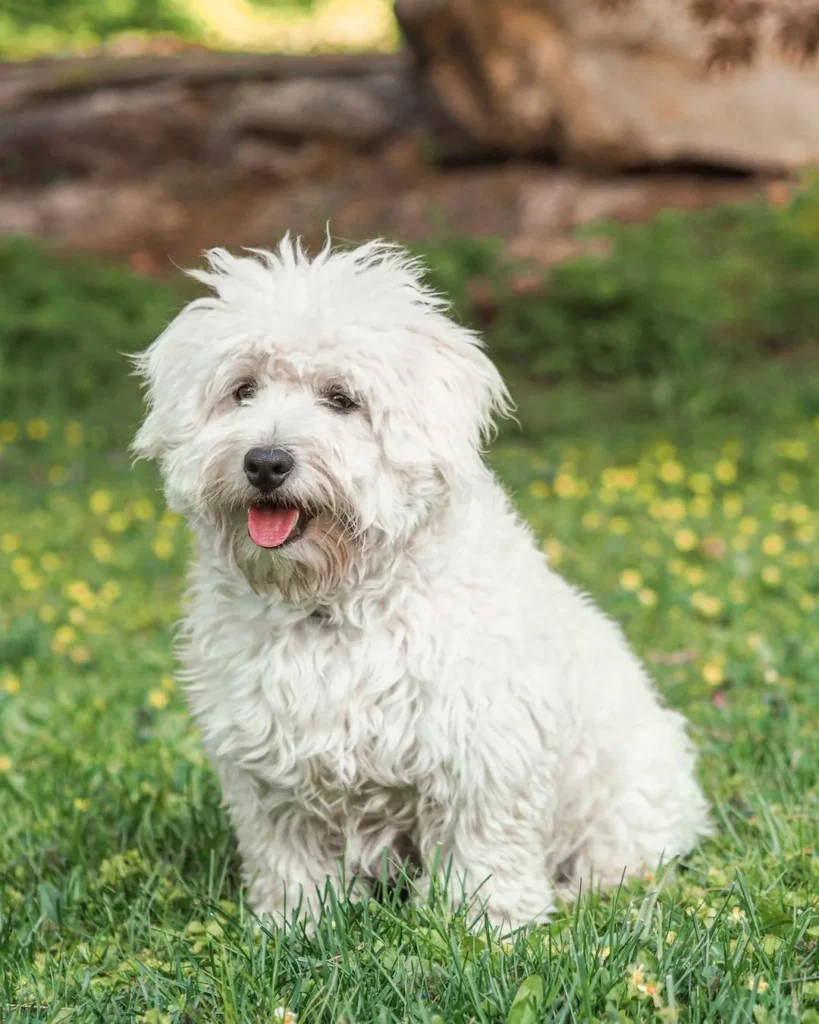
Westiepoos are a mix of West Highland White Terriers and Poodles. They’re becoming very popular because they’re charming and lovable.
Westiepoos are playful and affectionate. They’re also very smart and want to please, which makes them easy to train. They’re a good size for any home, big or small. Their coats can be white, black, gray, or apricot. They’re smart, affectionate, and don’t shed much. This makes them a really special breed.
The History of Westiepoos
Westiepoos first appeared in the late 1990s. This was when designer dogs started to become popular. The Labradoodle was one of the first designer dogs. It was a mix of a Labrador Retriever and a Poodle. The success of the Labradoodle made breeders want to try other mixes, which is how Westiepoos were born.
One of the best things about Westiepoos is that they’re very affectionate. These dogs are known for being loyal and playful. This makes them great companions for families and individuals.
The American Kennel Club doesn’t officially recognize Westiepoos. But many breeders and dog fans are working to promote the breed and make sure they stay healthy.
Physical Attributes: A Closer Look at the Westiepoo
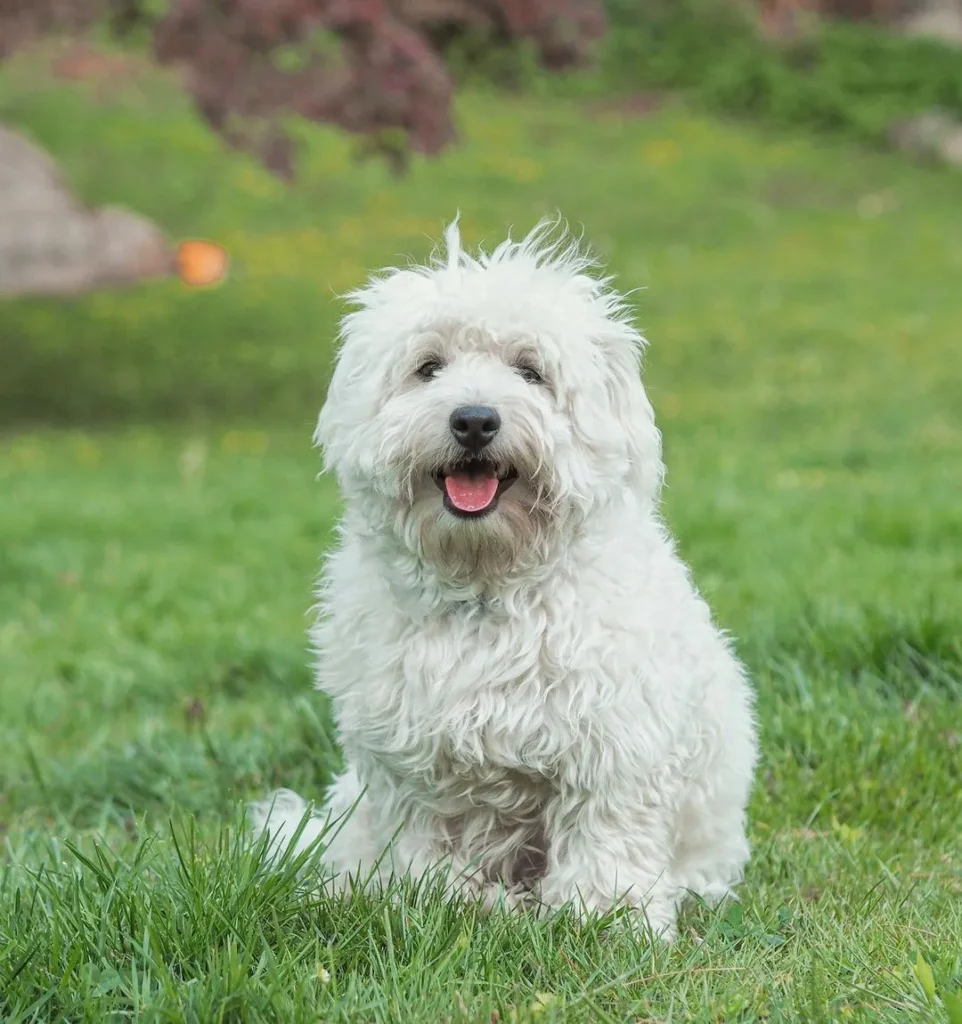
These charming canines have inherited the best traits from both parent breeds, resulting in a small, compact, and lapdog-sized companion.
One of the most striking features of Westiepoos is their coat. It comes in a variety of colors, including white, tan, cream, and black. Their coat is typically low-shedding, making them a great choice for people with allergies.
Westiepoos can weigh anywhere from 10 to 35 pounds (4.5 to 15.8 kilograms) and stand between 9 and 17 inches (22 to 43 centimeters) tall. Their size and weight can vary depending on the specific genetic makeup of their parents.
As a mixed breed dog, Westiepoos can exhibit a wide range of physical characteristics. Their appearance and temperament can be influenced by various factors, including their canine genetics and the specific traits inherited from each parent breed. It’s important to remember that every Westiepoo is unique, and their physical attributes may vary.
Temperament & Intelligence of the Westiepoo
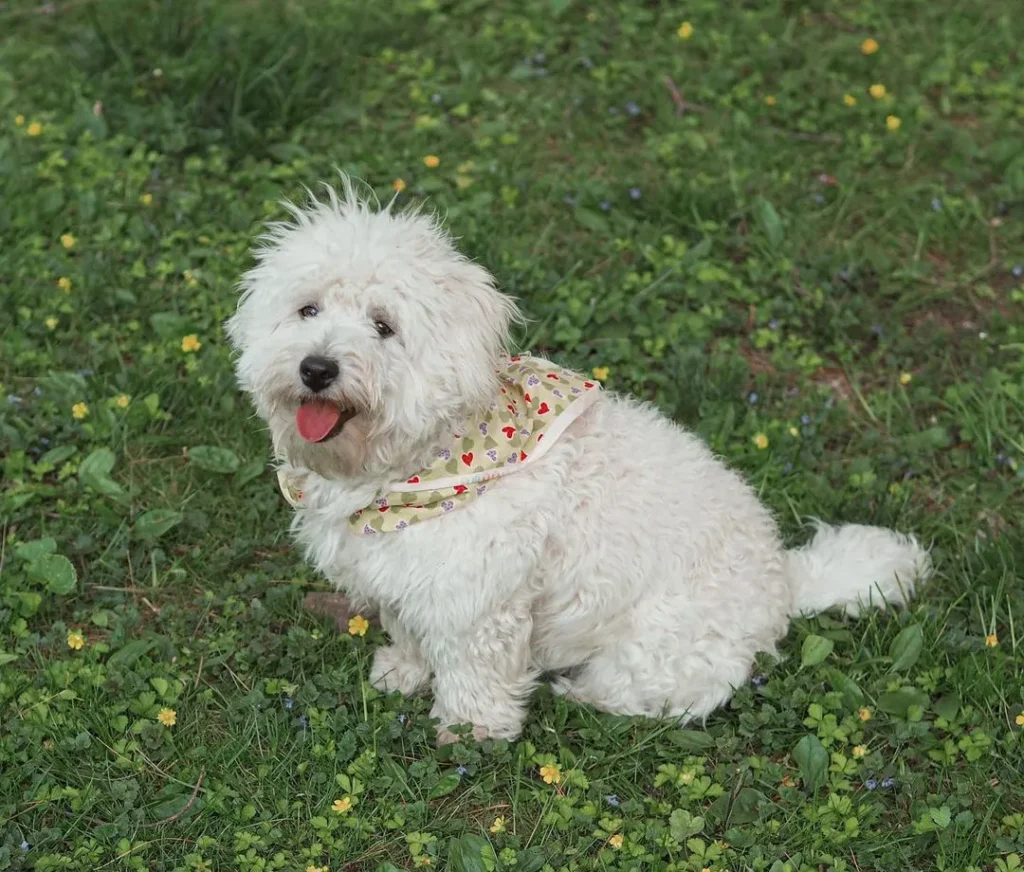
Personality Traits
I’ve had the pleasure of living with a Westiepoo for the past five years, and I can attest to their wonderful personalities. They’re incredibly tolerant and playful, making them excellent companions for families with children. My Westiepoo, Oliver, loves to be around people and is always eager to join in on the fun. However, I’ve learned that they can be prone to separation anxiety, so it’s important to provide them with plenty of companionship.
Training and Intelligence
Westiepoos are highly intelligent dogs, which can be a blessing and a curse. They’re quick learners and can pick up new tricks in no time. Oliver, for example, learned to sit, stay, and come on command within a few weeks of bringing him home. However, their strong-willed nature can make training a bit challenging. It’s important to use positive reinforcement and patience when training a Westiepoo.
Overall, Westiepoos are fantastic companions for those who are willing to put in the time and effort to train and socialize them. Their playful personalities and intelligence make them a joy to be around.
Understanding Westiepoo Ownership
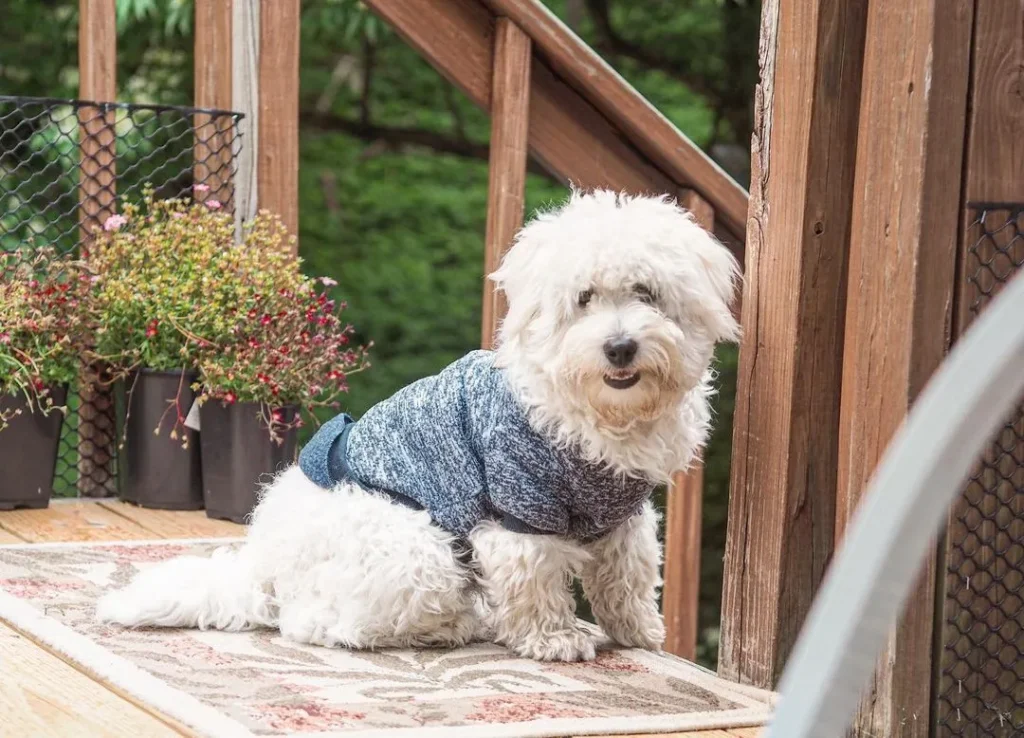
If you’re thinking about getting a Westiepoo, it’s important to understand what they’re like. This will help you decide if they’re a good fit for you and your family.
Feeding Your Westiepoo
Westiepoos are energetic dogs. They need healthy food to stay happy and healthy.
High-quality dog food should have real meat as the main ingredient. Good choices include chicken, beef, turkey, or salmon. The food should also have real fruits and vegetables like broccoli, pumpkin, and blueberries. These give your dog important vitamins, minerals, and antioxidants.
Prebiotics help your dog’s gut bacteria. This can help prevent constipation and diarrhea. Avoid foods with chemicals, artificial colors, and too much corn or soy.
Exercise
Westiepoos are very energetic dogs. They need a lot of exercise to stay happy and healthy. A good walk every day can help them burn off extra energy and stop them from being bad.
Try to exercise your Westiepoo for at least 30 minutes a day. This could be walking or playing. This will help them stay healthy and stop them from barking or doing other things to get your attention when they’re bored.
Grooming
They’re adorable and a good choice for people with allergies. Even though they’re not completely allergy-free, they shed a lot less than many other dogs.
They need regular grooming. This helps prevent their hair from getting tangled and knotted. It’s especially important to start grooming them when they’re puppies. This can make them less scared of grooming later on. If their hair gets pulled, they might not like grooming. So it’s best to start early and brush them often.
Besides brushing, you also need to take care of your Westiepoo’s nails. If you hear them clicking on the floor, it’s time to cut them. And don’t forget about their teeth! Brushing their teeth regularly with a special toothbrush for pets can help prevent dental problems.
Westiepoo Health
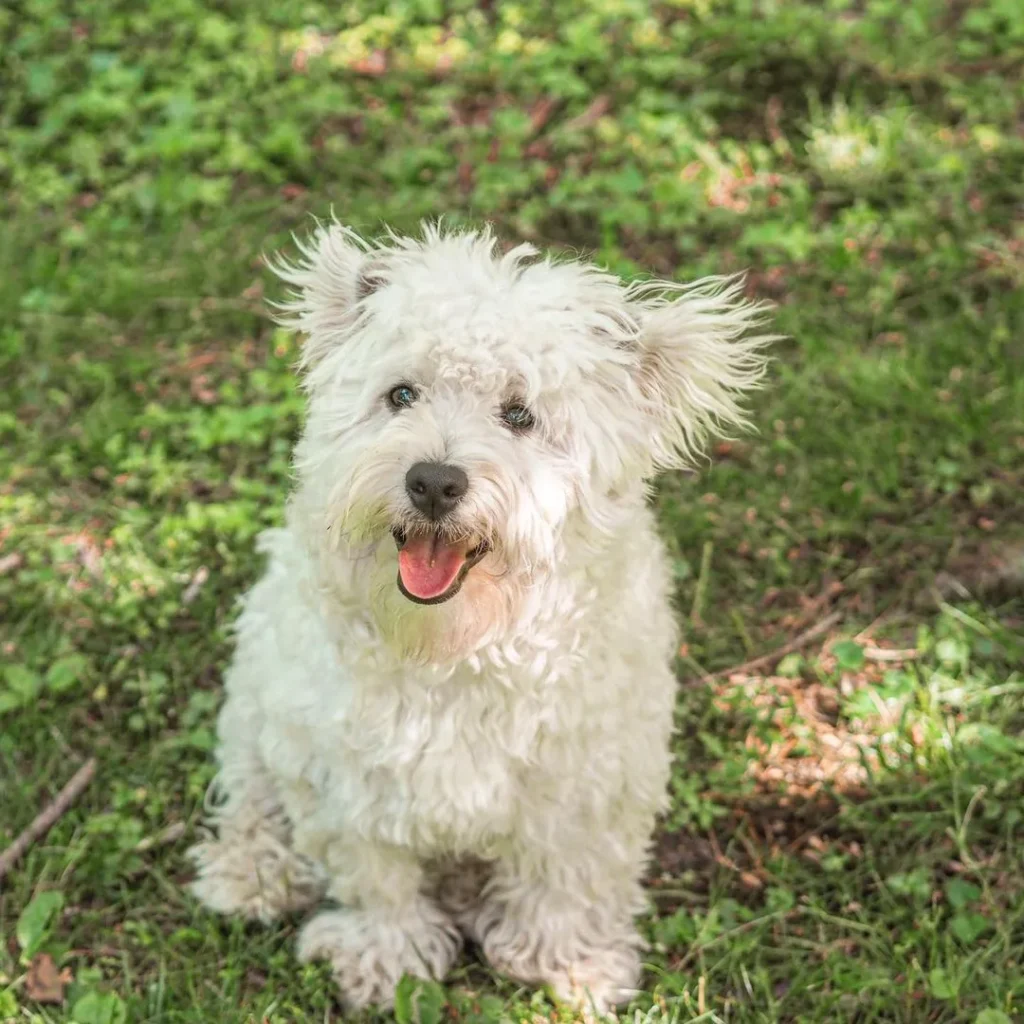
Westiepoos can get some health problems. One common problem is liver disease. This can make the skin look yellow, especially around the eyes and ears. Your dog might also be depressed, act differently, or even go blind. Liver disease can be serious, but it’s often treatable with the right food and medicine.
Westiepoos can also become overweight. This can lead to health problems like heart disease, diabetes, and joint problems. To keep your Westiepoo healthy, make sure they get enough exercise and eat a balanced diet. Walking and playing are important for maintaining a healthy weight.
Most Westiepoos are healthy. But some can get more serious problems. Epilepsy is a neurological disorder that can cause seizures. There are medicines to help manage epilepsy.
Progressive retinal atrophy is another problem. This is a disease that can cause blindness. Early signs include having trouble seeing at night or in dim light. There’s no cure for this disease, but supplements might help slow it down.
Westiepoos and Children: A Paw-some Pair
They’re playful and affectionate, which makes them great for families with kids.
It’s important to socialize your Westiepoo early. This means helping them get used to different people and environments when they’re young. This will make them more comfortable and confident around kids.
Westiepoos might chase smaller pets. This is because they have a strong prey drive. So it’s important to introduce your Westiepoo to any other animals you have and set clear rules to prevent problems.
Training your Westiepoo is important. Reward them for good behavior and be consistent with the rules. This will help them understand what’s expected of them.
Every dog is different. It’s important to watch your Westiepoo to understand their personality and adjust how you treat them. With good care, Westiepoos can form strong bonds with children and be loyal and loving companions for many years.
Westiepoo Puppy Prices
The price of a Westiepoo puppy depends on the breeder. Good breeders will check their dogs for health problems and make sure they’re healthy. They’ll also deworm them, vaccinate them, train them, and socialize them.
In Australia, you can expect to pay between $2,000 and $4,000 for a healthy Westiepoo puppy. This price shows that the breeder cares about quality and the well-being of their puppies.
Finding a Westiepoo Puppy in Australia
Westiepoos are a rare breed in Australia. If you can’t find a Westiepoo breeder or puppy near you, try looking at rescues or other poodle mix breeds like Chi-Poo, Lhasapoo, or Doxiepoo.
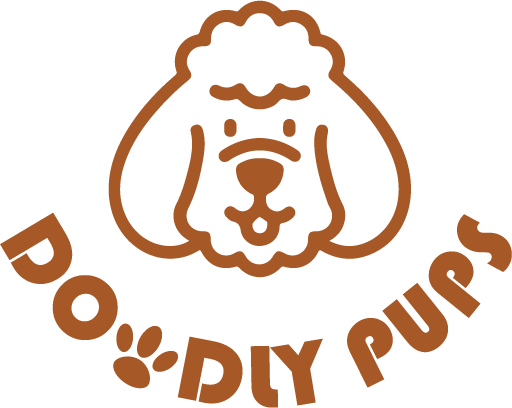
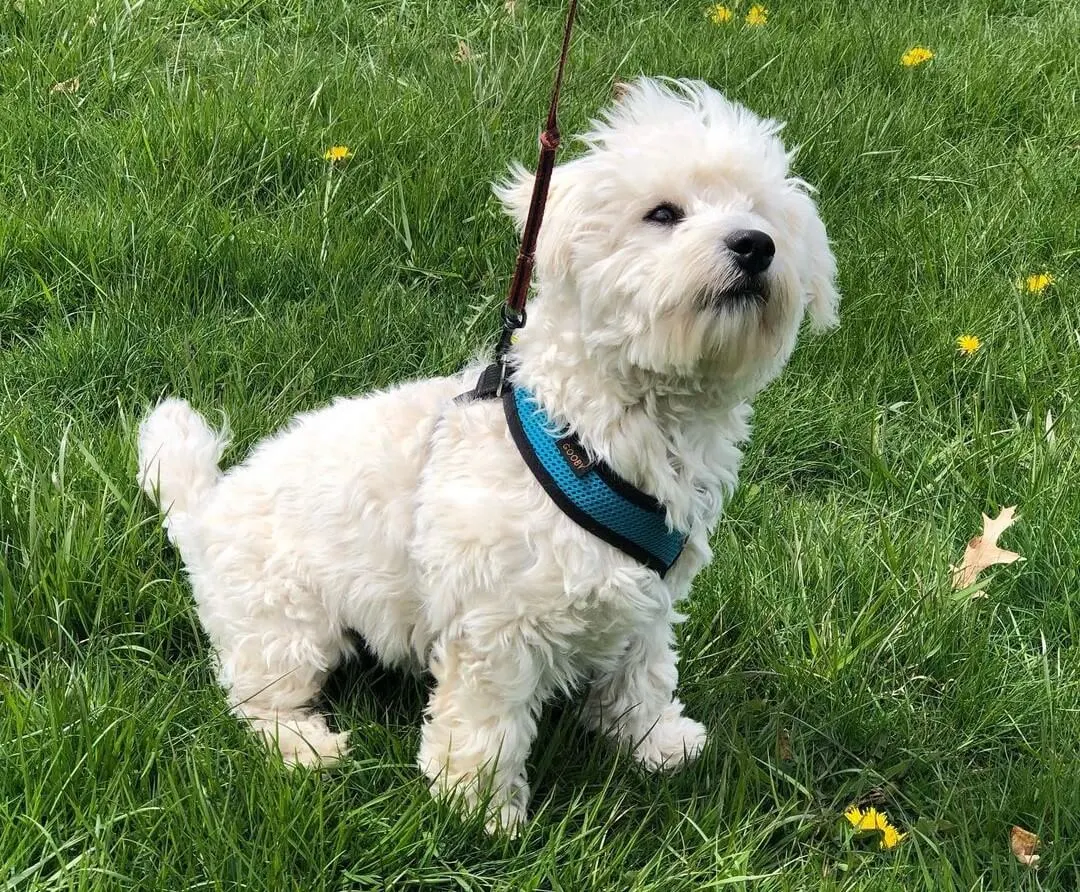

2 thoughts on “Westiepoo: A Hypoallergenic Family Dog”